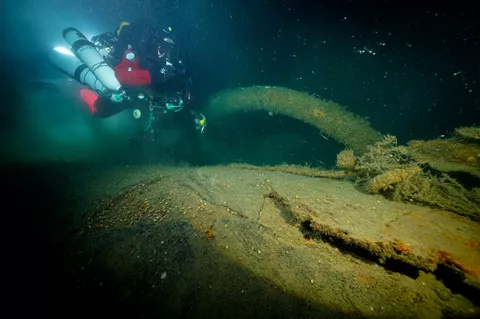Ming Pottery Wreck: Exploratory Expedition in the Gulf of Thailand
There are many benefits to living in Asia. One advantage is that the waters around Asia still have countless numbers of unexplored shipwrecks. As a certified technical diver and an explorer at heart, the Gulf of Thailand has been my playground.














